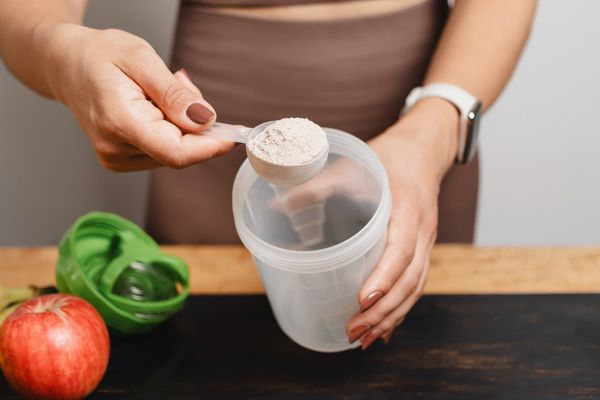Believers hail it as a cheap, easy way to stay in shape, tone up, lose weight, boost brain health and mood and even increase lifespan. Critics see it as a painful, tedious and boring way to exercise.
Running yields a bevy of health benefits, from improving your cardiovascular health to lowering your cholesterol and blood pressure and revving up your metabolism.
Recent research finds that running as little as five minutes a day can cut your risk of cardiovascular disease by almost half. A study published in the Journal of the American College of Cardiology found that running as little as five to 10 minutes daily—even at slow speeds less than six miles per hour—is enough to reduce the risk of mortality, compared with not running.
Convinced? Good. Now, your job is to make running feel as good, as easy and as pleasurable as possible. And our job is to tell you how:
Watch your posture. You'll run more efficiently—and sidestep injuries—with proper form. "Keep your shoulders back to prevent slouching, and raise your head to the horizon, so you're not looking down," says fitness expert Joel Harper, author of Mind Your Body: 4 Weeks to a Leaner, Healthier Life. You're better off slowing your pace and having good form than running faster with poor form, he says.
Be relaxed. Relaxing your shoulders and hands helps saves energy, giving you power where you need it—in your legs and feet. Your arms should be bent at about 90 degrees, with the motion coming from the shoulder, not the forearms.
Switch it up. Running the same old route gets boring and old real fast. So does running the same exact number of miles each time. Go out and explore different neighborhoods or sights, and mix up your mileage. It'll feel new each time you do it!
Wear the right thing. We're not just talking comfortable, quality workout gear that wicks sweat, fits well and makes you feel good; we're also talking sneakers. Experts agree that you should replace your running shoes every 300 to 400 miles. "Just like balding and worn-out tires, you need to change your running shoes, too," says Harper. Pay attention to their fit, too: poor-fitting shoes can result in blisters or cramps in your feet, he says.
Eat right. Just like you need gas to power a car, you need food to fuel your run. The American Council on Exercise suggests that you eat a small snack that combines carbs and protein, like a banana with a teaspoon of peanut butter, about 30 to 60 minutes before you run to keep your energy high and blood sugar levels steady throughout your workout. The potassium in the bananas helps prevent cramping, too.
Listen to your body. If you feel any ongoing persistent pain, stop running, advises Harper. "Your body signals you with a pain message, and you need to pay attention to it." The problem may just be a side stitch or a muscle cramp, but you still want to pay attention.
Many things can cause cramping: eating too close to your run, eating the wrong foods, shallow breathing or even dehydration. If caught with a cramp, try deep lung breathing: place your hand on your stomach and breathe deeply; your stomach should rise and fall if you're breathing correctly (from your lower lungs).
Step gently. Running should not sound or feel like loud thumping, but rather "like you're running on a piece of glass and you don't want to shatter it," says Harper. Doing this will help you use your muscles and not your joints, he says. You should land between your heel and midfoot, then quickly roll forward. As for stride, experts at runnersworld.com suggest keeping short strides, with your feet landing directly underneath your body. If your lower leg—below the knee—extends out in front of your body, your stride is too long, they warn.
Breathe consistently. Proper breathing brings more oxygen for muscles, which leads to more endurance. Keeping a good, steady pattern will help your body run more efficiently. Harper suggests taking deep breaths and exhaling smoothly and keeping a steady rhythm, making sure not to hold your breath.
And finally…
Don't forget to drink. When you run, you sweat. If you're not adequately hydrated, your heart has to work harder to power your muscles; as a result, your running performance suffers. But worse, if you don't replace lost fluids, you risk dehydration, which is serious business. Every hour of exercise increases your fluid debt. Dehydration can lead to swelling of the brain and even seizures, kidney failure and loss of consciousness.
Although opinions vary, a popular belief is to let your thirst be your guide; if you drink when you're thirsty, you'll give your body adequate hydration. Of course, if you're running in extreme heat or running for 90 minutes or longer, you need to be extra vigilant. The American College of Sports Medicine suggests drinking three to eight fluid ounces of water for every 15 to 20 minutes of exercise for less than 60 minutes, or to check your hydration status by weighing yourself before and after exercise and replenishing any weight loss (which is usually fluid loss) with water.






